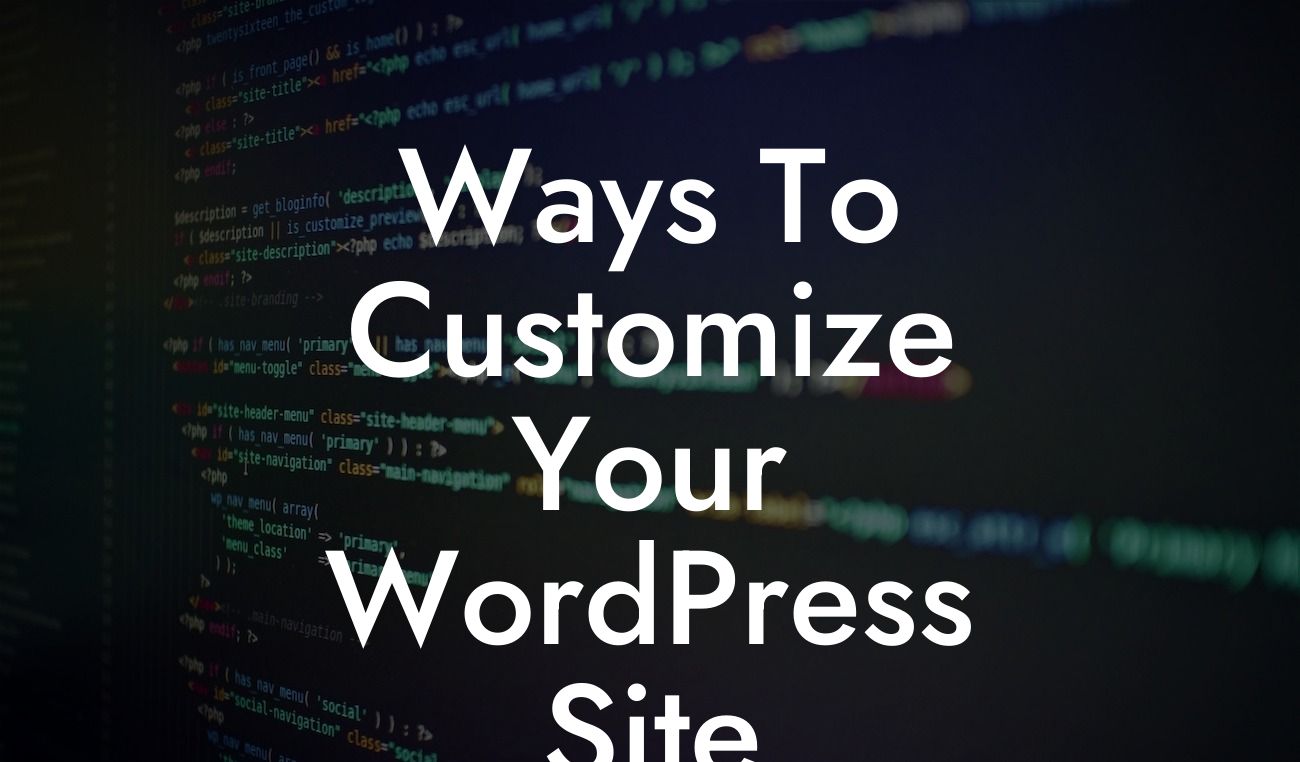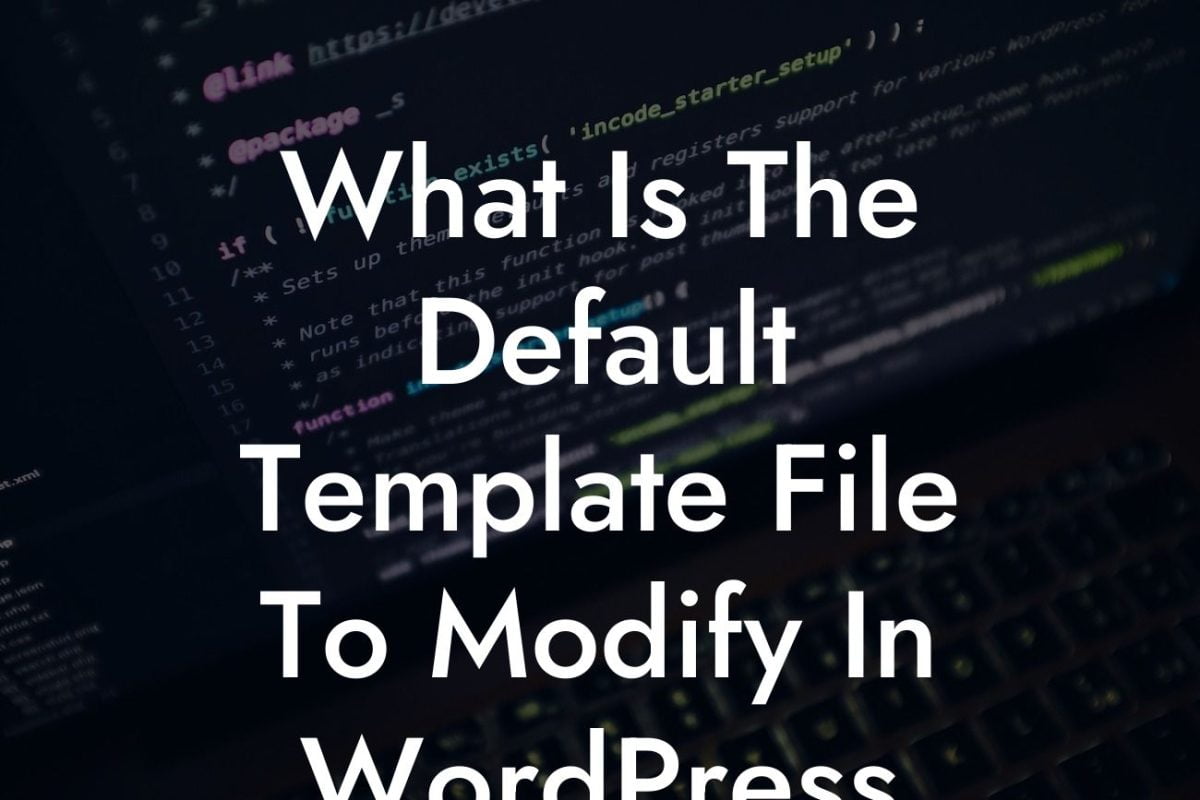Creating a captivating and professional website is crucial for the success of any small business or entrepreneur today. And when it comes to building an outstanding website, WordPress remains the top choice for many. With its user-friendly interface and extensive customization options, WordPress offers a plethora of opportunities for designing a unique online presence. In this article, we will walk you through the process of creating a WordPress template that will not only impress your audience but also elevate your business to new heights.
First and foremost, let's begin by understanding what a WordPress template actually is. A template, also known as a theme, is the overall design and layout structure of your website. It determines how your site looks, the placement of various elements, and the overall user experience. Creating your own WordPress template allows you to have complete control over the design and branding of your website.
1. Planning Your Template:
Before diving into the technical aspects, it's essential to plan your template thoroughly. Determine the purpose of your website, identify your target audience, and sketch out a rough layout. Consider the color scheme, fonts, and overall visual style that align with your brand image. This planning phase will streamline the template creation process and ensure cohesiveness across your website.
2. Building the Template:
Looking For a Custom QuickBook Integration?
To create a WordPress template, you can either start from scratch or modify an existing template. If you're new to web development, starting with a pre-built template and customizing it to fit your requirements might be a good option. Alternatively, if you have coding knowledge or prefer a more personalized approach, starting from scratch can give you complete flexibility.
a. Customizing an Existing Template:
By choosing an existing template, you save time on coding the basic structure and layout. WordPress offers a massive collection of free and premium templates that you can browse and install directly from your WordPress admin panel. Once installed, you can modify the template using the built-in customizer or by editing the template files directly.
b. Building From Scratch:
If you decide to build a template from scratch, you'll need to have a basic understanding of HTML, CSS, and PHP. Start with a blank HTML file and gradually add the required CSS styles and PHP code. WordPress has a specific file structure for templates, and understanding how it works is crucial. Divide your template into sections such as header, footer, content area, and sidebar. Add WordPress functions and loop through your content to make it dynamic.
3. Adding Functionality:
While the visual design is essential, the functionality of your website is equally crucial. With WordPress plugins, you can extend the capabilities of your template without writing extensive code. Install and configure plugins that enhance your website's usability, such as contact forms, social media integration, SEO optimization, and performance optimization.
How To Create Wordpress Template Example:
Let's consider a realistic example of creating a WordPress template for a small photography business. The template should showcase a portfolio of photographs, provide information about the photographer, and allow clients to contact and book appointments. By customizing an existing photography-centric template and adding relevant plugins such as a gallery plugin and a booking system, the photographer can create a visually stunning and functional website that caters to their specific needs.
Congratulations! You now have a solid understanding of how to create a WordPress template. Remember to unleash your creativity and experiment with different designs, elements, and functionalities. At DamnWoo, we offer a range of powerful WordPress plugins that can take your website to the next level. Explore our guides for more valuable insights and don't hesitate to try our plugins to supercharge your online success. Share this article with others who may find it helpful on their WordPress journey!













